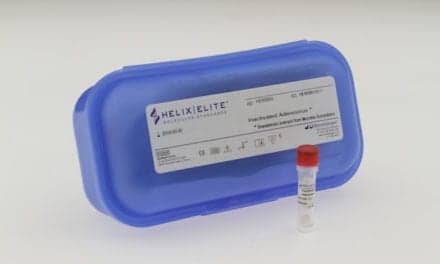The International Standards Organization (ISO) has updated its standard on Medical Laboratories: Application of Risk Management to Medical Laboratories (ISO 22367), which specifies a process for medical laboratories to identify and manage the risk to patients and service providers that are associated with medical laboratory examinations. It has just been updated to align with other international standards in the industry, such as the ISO standard for Risk Management in Medical Devices (ISO 14971), and to provide more effective guidance for the sector.
The standard replaces Medical laboratories: Reduction of Error through Risk Management and Continual Improvement (ISO/TS 22367), a technical specification used by governments and laboratories around the world to help reduce and manage risks associated with medical laboratory services.
Jack J. Zakowski, PhD, FACB, chair of the committee of experts who developed the standard, says risk management in medical settings is complex because it involves the cooperation of many stakeholders, and each stakeholder may have a different perspective on the risk of harm. Internationally agreed and adopted standards, therefore, ensure adequate safety levels.
“Activities in a medical laboratory can expose patients, workers, or other stakeholders to a variety of hazards, which can lead directly or indirectly to varying degrees of harm,” Zakowski says. “Effective risk management involves a planned, systematic process that addresses both the probability of harm occurring and the consequences of that harm. It works best when aligned with quality and safety management to cover all possible sources of risk, which is why ISO 22367 was updated to correspond with the latest version of ISO 14971 for risk management in medical devices and ISO 15190, which provides guidance on medical laboratory safety. It is also a key requirement of ISO 15189 for the quality and competence of medical laboratories.”
Read more from ISO.




